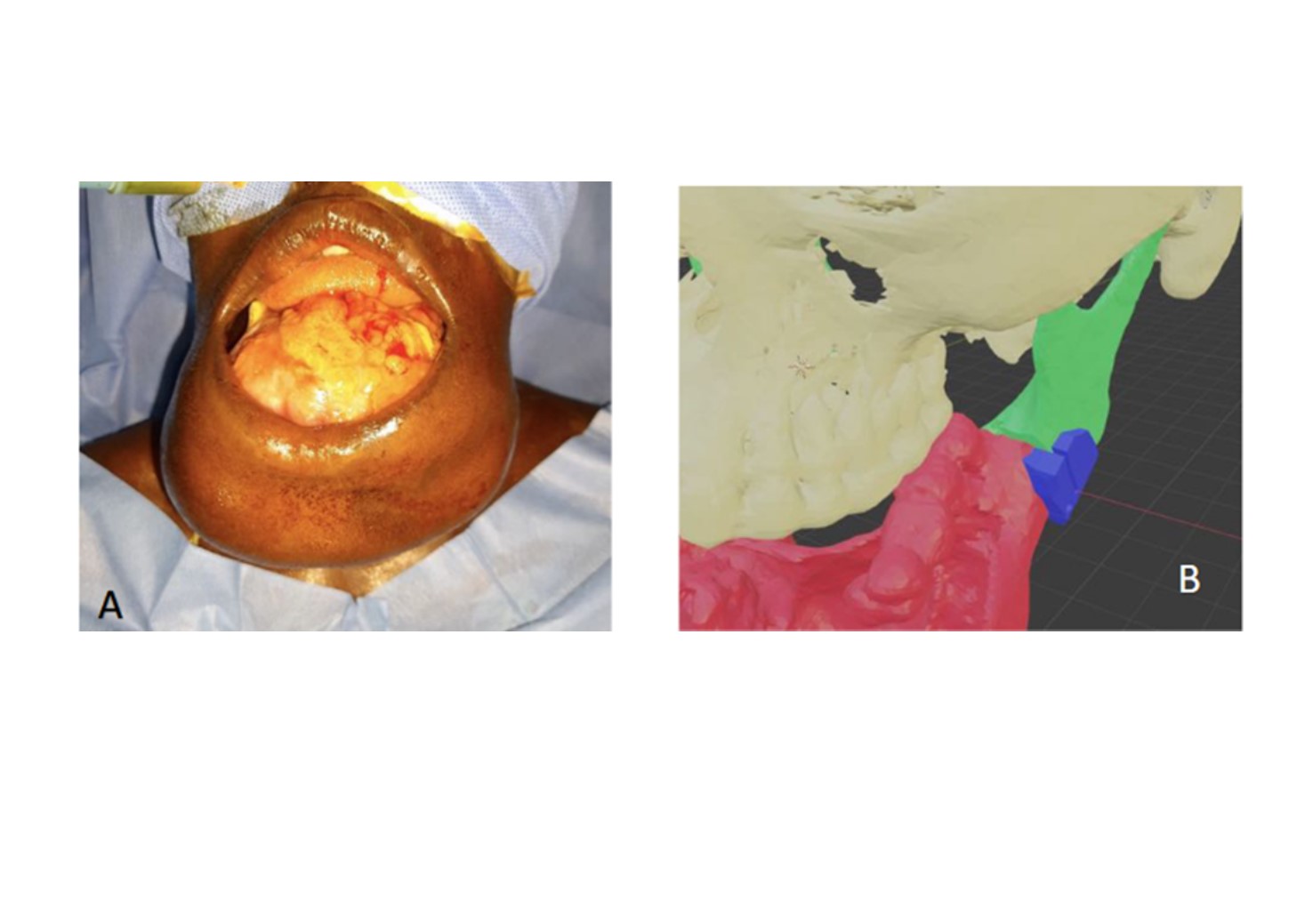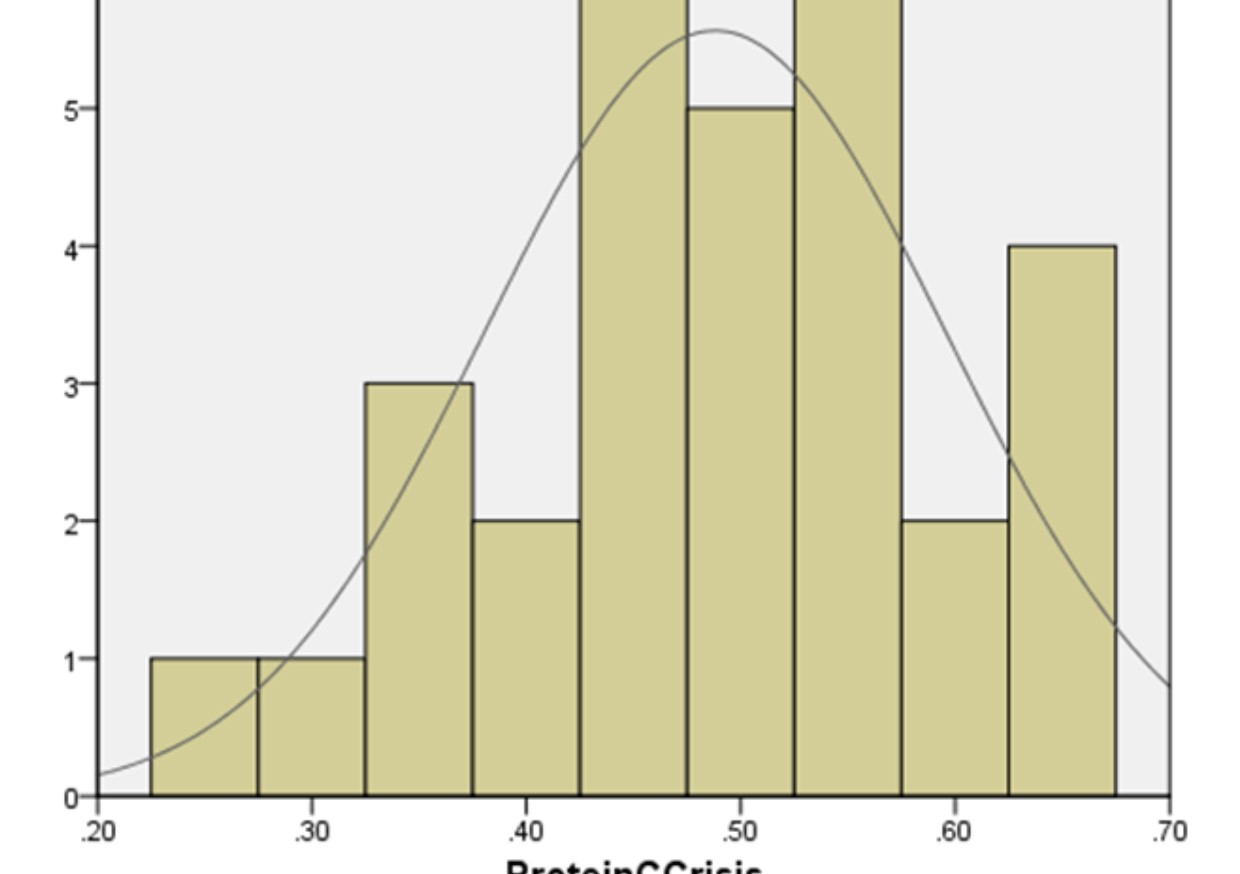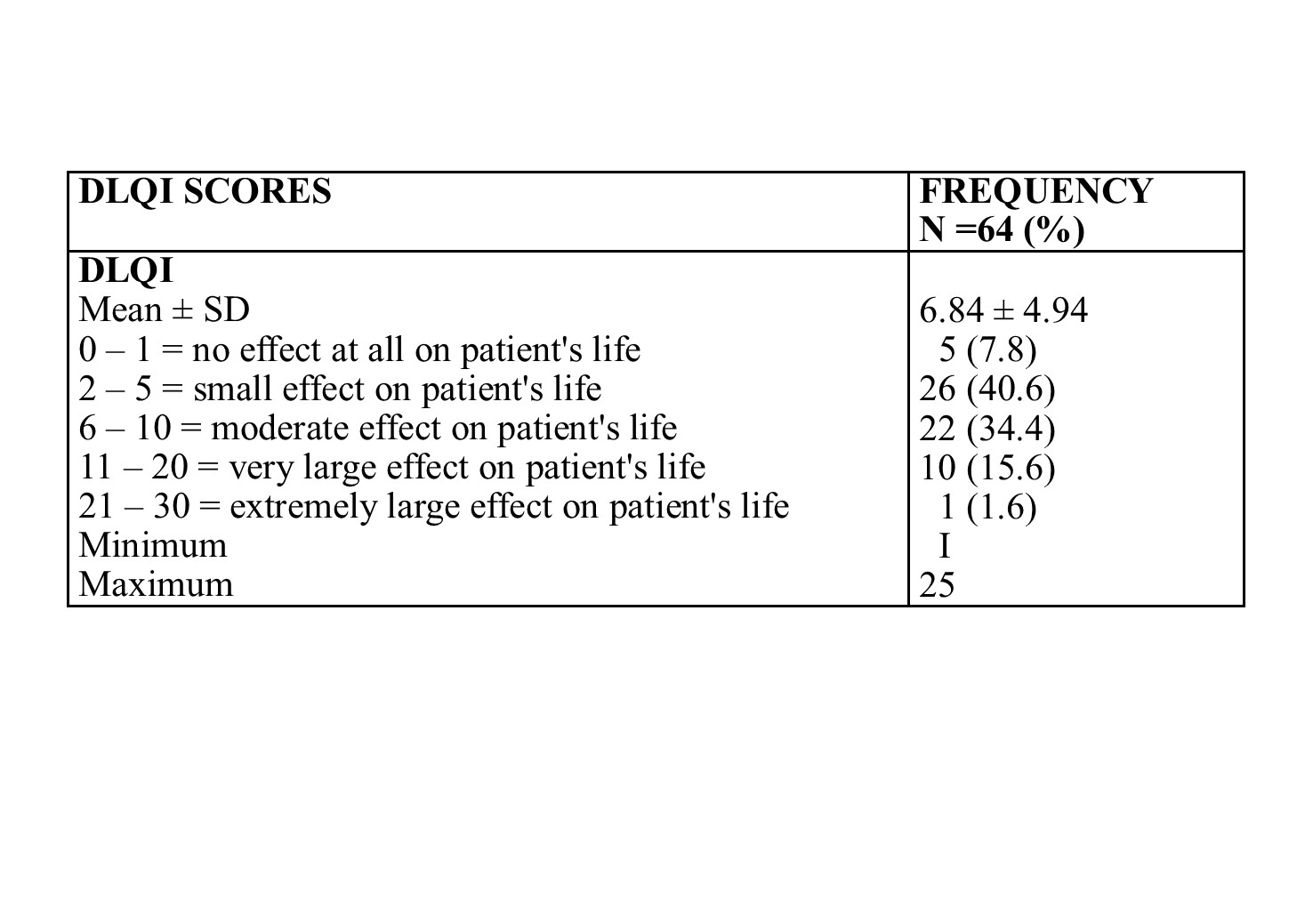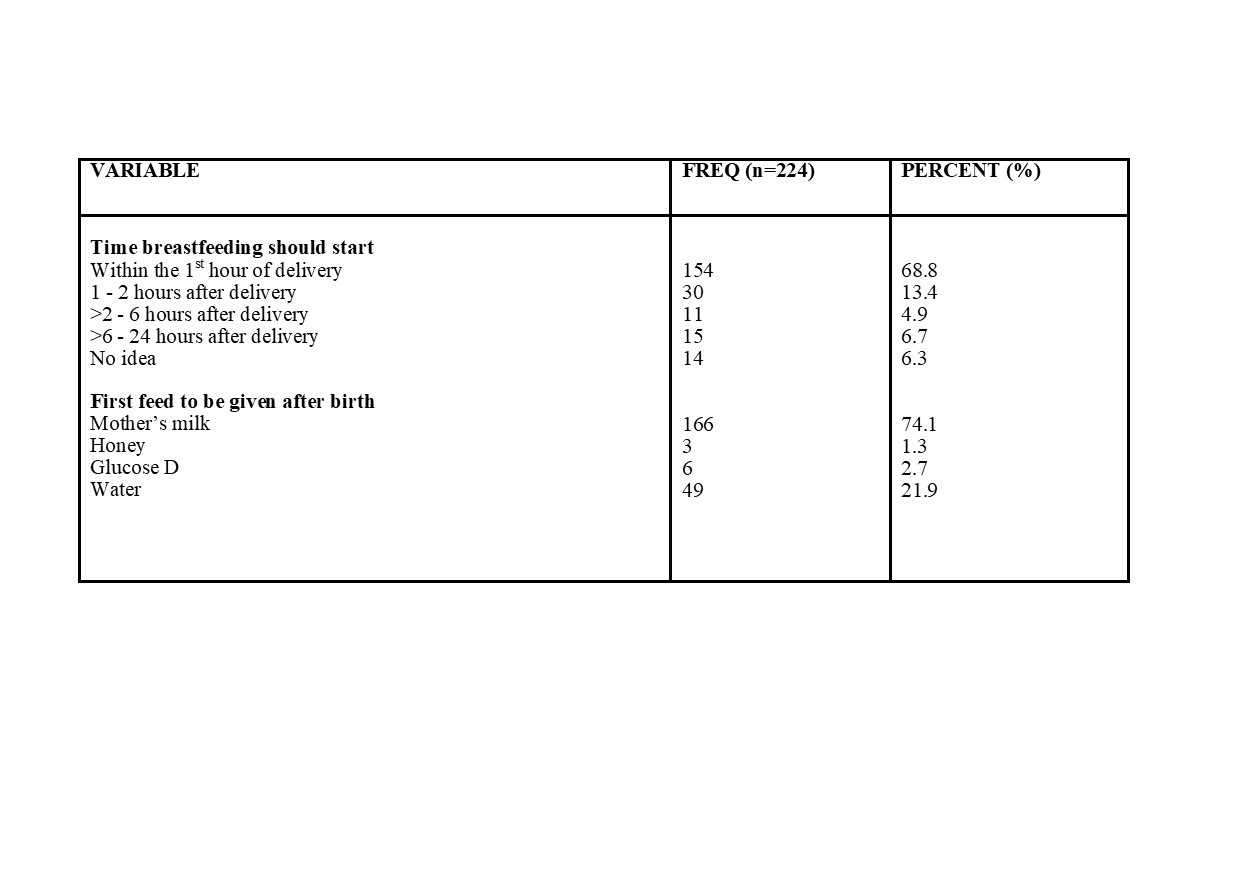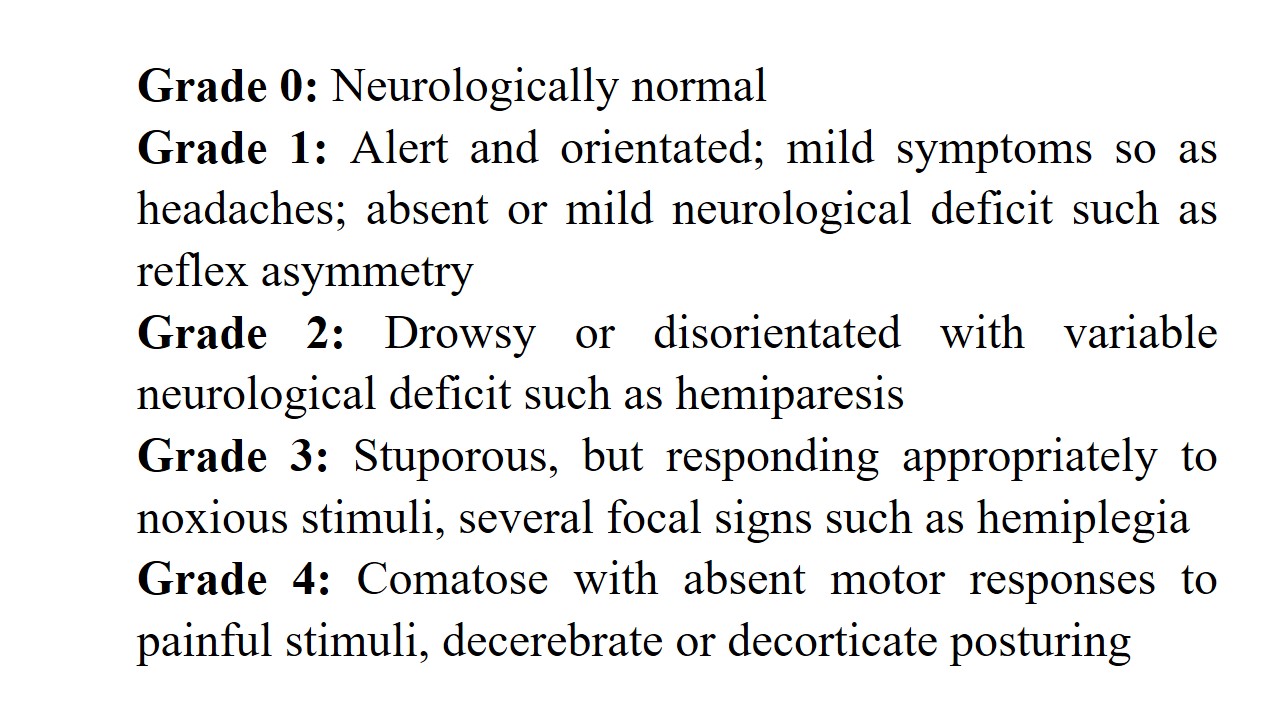Vol. 8 No. 1 (2023): Annals of Clinical Sciences

ORIGINAL ARTICLE
MANDIBULAR RECONSTRUCTION ALGORITHM USING ILIAC CREST BONE GRAFT AND VASCULARISED FIBULA FLAP
E. Okoturo,1,2 B. Ogunbanjo3
1Head and Neck Cancer Division, Oral and Maxillofacial Surgery Department, Lagos State University Teaching Hospital (LASUTH), Lagos, Nigeria; 2Lagos State University College of Medicine (LASUCOM), Lagos, Nigeria; 3Child Dental Health Department, Lagos State University College of Medicine, Lagos State University Teaching Hospital, Lagos, Nigeria.
Abstract
Background: The study aim to describe the science behind a novel reconstructive algorithm that dictates the reconstruction and outcome of a benign mandibular defect based on the potential impact from a resected vertical ramus, by presenting cases using either iliac crest bone grafts (ICB) or vascularised fibula flaps (VFF).
Methodology: This is a retrospective study of mandibular reconstruction. We followed a reconstruction algorithm briefly described as, ICB indicated for lateral and hemi-mandibular defect and VFF for antero-lateral or bilateral-defect. Data collated included demographic, histopathology, types of mandibulectomy or defects, types of reconstruction, clinical outcomes and complications. Clinical outcomes were evaluated in terms of function and aesthetics, and assessed using post-operative panoramic images and standardized questionnaire. Statistical analysis was by percentages, mean, and post-operative complication predictors (multivariate-analysis).
Results: Thirty-five subjects were recruited for this study, with type II Schultz et al. classification being the prevalent mandibular defect in 16 (46%) cases. Twenty-three out of 35 cases underwent ICB while 12 out of 35 cases underwent VFF reconstruction. Functional-aesthetic outcomes were adjudged good/acceptable in all cases. 70% of cases in both groups were free of complications with infection being the highest complication in the ICB group and wound dehiscence in the VFF groups. While there was a causal relationship between defect size and complications / outcome, our analysis showed defect size (p<0.06) and bone length (p<0.12) to be statistically insignificant with respect to their association with increased complication.
Conclusion: In conclusion, this reconstructive algorithm for the reconstruction of benign mandibular defects is simple, effective, and broadly applicable especially in limited resource areas.
ORIGINAL ARTICLE
EVALUATION OF PROTEIN C LEVELS IN SICKLE CELL ANAEMIA PATIENTS IN STEADY STATE AND CRISIS AT THE LAGOS STATE UNIVERSITY TEACHIHNG HOSPITAL, LAGOS, NIGERIA
E. I. Uche,1 O. O. Kalejaiye,2 F. O. Olowoselu,3 T. A. Ekwere,4 R. A. Bamiro,5 O. A. Kareem,6 A. Benjamin,7 A. Suleiman,7 H. A. Odebiyi,8 A. Balogun,9 A. Akinbami1
1Department of Haematology and Blood Transfusion, Lagos State University College of Medicine, Ikeja, Lagos; 2Department of Medicine, College of Medicine, University of Lagos, Lagos; 3Department of Haematology and Blood Transfusion, College of Medicine, University of Lagos, Lagos; 4Department of Haematology, University of Uyo, Akwa Ibom; 5Department of Haematology and Blood Transfusion, Lagos State University Teaching Hospital. Lagos; 6Department of Medicine, Geriatric Unit, Faculty of Clinical Sciences, Lagos State University College of Medicine, Lagos; 7Department of Haematology and Blood Transfusion, Ahmadu Bello University, Zaria, Kaduna State; 8Department of Haematology, Federal Medical Center, Birnin Kudu, Jigawa State; 9Newday Medical Centre, Akure, Ondo State.
Abstract
Background: Sickle cell anaemia is a hypercoaguble state and is associated with thrombotic episodes such as ischaemic stroke and venous thromboembolic phenomenon. Protein C is a natural Vitamin-K dependent glycoprotein that inactivates Factors V and VIII using Protein S as a cofactor and thus resulting in anticoagulation.
This study measured serum Protein C activity in SCA patients during vaso-occlusive crisis and in steady-state, and this was compared with the activity levels in HbAA controls.
Methodology: This was an analytical prospective study which comprised of 30 HbSS patients and 30 HbAA controls. Protein C levels were measured using ELISA in the SCA group during crisis and in the HbAA control group; When the HbSS patients were in steady state, Protein C levels were then measured again.
Results: Protein C levels were highest in the HbAA control group (0.73 + 0.08 ng/mL) followed by the HbSS patients in steady state (0.63 + 0.07 ng/mL) and lowest in the HbSS patients in crisis (0.49 + 0.11 ng/mL). This difference was statistically significant with p= 0.001.
Conclusion: Protein C levels are reduced in HbSS patients when compared with HbAA controls, and the levels are lower during a vasoocclusive crisis compared with steady state.
ORIGINAL ARTICLE
KELOID DISEASE: PROSPCETIVE CROSS-SECTIONAL STUDY OF CLINICOEPIDEMIOLOGICAL AND HEALTH RELATED QUALITY OF LIFE AT A TERTIARY CENTER
E. L. Anaba,1 O. Cole-Adeife2
1Department of Medicine, Lagos State University College of Medicine/ Lagos State University Teaching Hospital, Lagos, Nigeria; 2Department of Medicine, Lagos State University Teaching Hospital, Lagos, Nigeria
Abstract
Background: Keloid disease and its impact on the quality of life of patients is not frequently documented. The objective of this study was to document the epidemiologic and clinical features of keloid and its impact on the quality of life of patients.
Methodology: A prospective cross-sectional study of 64 adult keloid disease patients was conducted over a one-year period following informed consent and ethical approval at a tertiary centre. Patients were clinically evaluated and quality of life was assessed using the dermatology life quality index (DLQI). Data was analysed using SPSS version 23.0.
Results: The dermatology clinic prevalence of keloid was 11.6%. The mean age of those who had keloid was 34.34 ± 15.15 years and they were 60.9% female. The mean duration and mean age at onset of keloid were 5.98 ± 8.73 and 28.38 ± 13.84 years respectively. The reason for seeking treatment was dislike of the keloid lesions in 65.6%. Symptoms of pain and pruritus were reported in 51.6% and 92.2% respectively. The mean DLQI score was 6.84 ± 4.94. Quality of life was impaired in 92.2% patients and this was a small effect in 40.6%. The only factor which correlated with Quality of life (QOL) impairment was the number of keloids; p=0.021.
Conclusion: Keloid is a disease of the young, has a female preponderance and occur more on the chest and face. Quality of life is negatively affected and patients seek treatment because of embarrassment, dislike for the keloid lesions and the multiplicity of lesions.
ORIGINAL ARTICLE
MANAGEMENT OF HAND DEFECT WITH PEDICLED SUPERFICIAL CIRCUMFLEX ILIAC PERFORATOR (SCIP) FLAP: NOH, DALA KANO AND LASUTH, IKEJA EXPERIENCE
A. Ajani,1 M. F. Alimi,2 A. A. Adesina,1 A. M. Waziri,2 H. M. Suleiman,2 K. A. Gbadamasi,2 A. I. Bolaji,2 S. A. Atoyebi2
1Plastic and Reconstructive Surgery Unit, Lagos State University Teaching Hospital, Ikeja. Lagos, Nigeria; 2Plastic and Reconstructive Surgery unit, National Orthopedic Hospital Dala, Kano, Nigeria
Abstract
Background: Superficial circumflex perforator (SCIP) flap was first popularized in 2004 by Koshima. Its versatility has been employed as option for coverage of hand defect either as a pedicle or free flap. This flap can also be employed as a workhorse flap for coverage for large hand defects, it’s easy to harvest, with negligible donor site morbidity. This study aimed to share our experience with the use of SCIP flap for reconstruction of hand defect.
Methodology: A retrospective study of 21 patients with hand defects who had ipsilateral SCIP flap coverage between May 2018 and April 2021.The demographic characteristics, aetiology of hand defect, distance of perforator from superficial circumflex iliac artery (SCIA) as identified using handheld doppler and outcome were analysed. All cases were done in 3 stages (elevation, division and in setting).
Results: 66.7% of patients were males (n=14). The defect was mostly posttraumatic (71.4%). The defects range from 6x 4 cm to 14x8cm in their widest dimensions. A pedicled SCIP was used in all cases. The SCIA perforator was within 5cm to the pubic tubercle. Only in 3 cases (14.3%) was the donor site closed with skin graft. Post-operative complication was seen in 2 patients as flap tip necrosis. All the patients did not require flap debulking. Mean follow-up period was 9months
Conclusion: SCIP flap is valuable in coverage of extensive hand defects, often without need for debulking surgery and minimal donor site morbidity.
ORIGINAL ARTICLE
KNOWLEDGE, ATTITUDE AND PRACTICE OF EXCLUSIVE BREASTFEEDING AMONG MARKET WOMEN IN OYINGBO MARKET, LAGOS, NIGERIA
T. F. Olufunlayo,1,2 O. O. Adebiyi,1 F. A. Olatona1
1Department of Community Health and Primary Care, College of Medicine, University of Lagos, Lagos, Nigeria; 2Department of Community Health, Lagos University Teaching Hospital, Idi-Araba, Lagos, Nigeria.
Abstract
Background: Exclusive breastfeeding (EBF) up until six months is the optimal way of feeding infants.
Despite the numerous benefits of exclusive breastfeeding, its practice is still sub-optimal globally. This
study was conducted to assess the knowledge, attitude and practice of exclusive breastfeeding among
market women in Oyingbo market, Lagos.
Methodology: This was a cross-sectional descriptive study involving women traders at Oyingbo Market
within the reproductive age group (15-49yrs) and having one or more children under five years of age.
Consecutive sampling technique was employed; respondents were recruited consecutively from the stalls along each street within the market until the required sample size was attained. An interviewer-administered structured questionnaire was used to collect data, and data was analyzed using Epi-Info Version 7. Ethical approval was obtained from the Health Research Ethics Committee of the Lagos University Teaching Hospital, Idi-Araba.
Results: Majority of the respondents were married (97.3%), between 21 and 40 years of age (93.3%), had secondary school as their highest level of education (61.6%), were Yoruba (79.9%), practiced Islam
(65.2%), and had between 1 - 2 children (51.3%). Most of the respondents (96%) were aware of exclusive breastfeeding, with health care workers being cited most as their source of information (92.1%). About half of the respondents (51.5%) knew the correct definition and duration of exclusive breastfeeding as giving breast milk only for 6 months. All the respondents stated that breast milk was the best milk for the baby, and four-fifths knew that exclusive breastfeeding is sufficient for the first six months of baby’s life. All the respondents (100%) initiated breastfeeding although only two-thirds (63.8%) reported initiation within an hour after delivery. Only 37.5% of the respondents practiced exclusive breastfeeding for 6 months.
Conclusion: Although the knowledge of exclusive breastfeeding was high and attitude was positive, the prevalence of exclusive breastfeeding was low among mothers in Oyingbo market, Lagos. Health
education, especially peer education on the benefits of exclusive breastfeeding, and other group-based
interventions would be beneficial in improving exclusive breastfeeding rates. An enabling environment for breastfeeding within the markets is also an important area for consideration.
ORIGINAL ARTICLE
FEASIBILITY, SAFETY AND EFFECTIVENESS OF SUBDURAL TRANEXAMIC ACID IRRIGATION IN THE MANAGEMENT OF CHRONIC SUBDURAL HEMATOMA: A PRELIMINARY STUDY
O. E. Idowu,1,2 A. S. Adeniran,2 J. O. Idowu3
1Department of Surgery, Lagos State University College of Medicine, Ikeja, Lagos, Nigeria; 2Division of Neurological Surgery, Lagos State University Teaching Hospital (LASUTH), Ikeja, Lagos, Nigeria. 3Finnih Medical Centre, Ikeja GRA, Lagos, Nigeria;
Abstract
Background: The optimal management of chronic subdural hematoma (CSH) remains a topic of debate, as there is a lack of consensus on the optimal treatment approach. Topical application of tranexamic acid (TXA) to bleeding surfaces has shown potential in inhibiting local fibrinolysis and reducing bleeding, with minimal systemic effects. This study aims to evaluate the feasibility, safety, and effectiveness of subdural TXA irrigation in the management of CSH.
Methodology: A prospective analysis of the clinical data from 18 patients with CSH was conducted with a minimum 6-week period of follow-up. Clinical and radiological follow-up was performed at regular intervals (1 week, 3 and 6 weeks after surgery) to monitor recurrence and neurological improvement. The primary outcome measure was the recurrence of CSH requiring surgical intervention, while secondary outcomes included Clavien-Dindo grade (CDG) and neurological outcome assessed using the Markwalder grading scale and Glasgow Outcome Scale Extended scores at 6 weeks post-operatively.
Results: The study population consisted of 11 males, with a mean age of 59.5 years (range: 30-88 years). There were no cases of CSH recurrence or mortality observed. All patients exhibited a CDG score of less than 3 and significant neurological improvement at 6 weeks post-surgical intervention.
Conclusions: Our preliminary findings demonstrate acceptable postoperative outcomes with the off-label use of TXA for subdural irrigation in CSH. These results suggest that subdural irrigation of TXA could be considered as a primary surgical treatment option for patients with CSH. This study highlight the promising nature of this novel approach and emphasize the need for future prospective randomized controlled studies to confirm these preliminary data.

